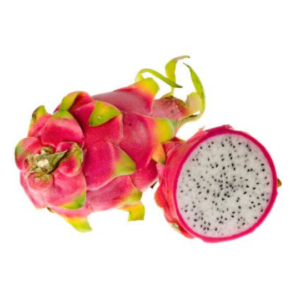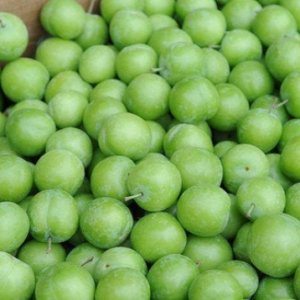Description
Like most ancient foods, tamarind has a long history of medicinal use. It was traditionally used to help ease stomach discomfort, aid digestion and promote better bowel movement. Tamarind preparations are also used to help relieve fever, sore throat, rheumatism, inflammation and heat stroke. Meanwhile, dried or boiled tamarind leaves and flowers are made into poultices for swollen joints, sprains, boils, hemorrhoids and conjunctivitis.
Similar to the natural gums and pectins found in other foods, the sticky pulp of tamarind contains non-starch polysaccharides, which contribute to its dietary fiber content. They bind with bile to help flush waste through the colon.
Tamarind is also a good source of thiamin, iron, magnesium and phosphorus, as well tartaric acid, which provides not just a zing to the taste buds but also powerful antioxidant action, zapping harmful free radicals floating through your system. It also provides your body with niacin, calcium, vitamin C, copper and pyridoxine.
Other beneficial phytochemicals found in tamarind include limonene, geraniol (a natural antioxidant with a rose-like scent), safrole (a natural oil also found in sassafras), cinnamic acid, methyl salicylate (a plant essence with counter irritant properties) and pyrazine. Each of these compounds brings its own flavor and healing property to the fruit’s overall composition. To learn more about tamarind’s nutritional value, check out the table below





Reviews
There are no reviews yet.